See how National Geographic History magazine inflames and quenches the curiosity of history buffs and informs and entertains anyone who appreciates that the truth indeed is stranger than fiction with a digital subscription today. And that history is not just about our forebears. It’s about us. It’s about you.
FROM THE EDITOR
National Geographic History
The Massive Timber Mystery of Chaco Canyon • How did ancient peoples obtain 200,000 timbers to build great houses in a treeless desert? Researchers believe they used their heads.
A TUMPING SUCCESS
Carlota of Belgium The Empress of Mexico • The daughter of Belgium’s King Leopold I, Carlota married Archduke Maximilian of Austria for love. Seeking a throne, the couple found one in Mexico but could not keep it for long.
Britain’s Body Snatchers Robbed Graves for Science • In the 19th century, resurrectionists stole the dead and sold them to medical schools in need of cadavers. Their shady business grew even darker when some turned to murder.
Trial of the Century: The Crimes of Lizzie Borden • In the 1890s a gruesome double murder became a national obsession in the United States, but the accused’s guilt or innocence remains a mystery with little hope of a solution.
APIS DIVINE BULL OF EGYPT • In the ancient Egyptian city of Memphis stood a sanctuary dedicated to the worship of a living animal: the Apis bull. Considered the incarnation of the god Ptah, this sacred cow received offerings and prayers during his life. After death, he was mummified and buried with pomp fitting the greatest kings.
MAGIC IN ROME SPELLS AND CURSES • Wielding amulets against the evil eye and curse tablets against rivals, Romans developed magic to keep misfortune at bay. Although the authorities tolerated these practices, anything resembling black magic could be punished with death.
PROTECTIVE MEASURES • Roman necklaces didn’t just look pretty. They also offered protection from black magic. Pendants could depict fantastical beings; bullae (worn by boys); lunulae (crescent-shaped ornaments worn by girls); phallic forms; and the mano fica, the “sign of the fig,” a mildly rude gesture.
CURSES, FOILED AGAIN • The tabellae defixionum (curse tablets) were inscribed with curses against personal enemies. Archaeologists have found bronze, ceramic, and even gold tablets, but most were made of lead, a durable material that is easy to engrave. One lead tablet found in Attica reads: “And just as this lead is worthless and cold, so too may that man and his affairs be worthless and cold, and for those with that man, whatever they may say or plan about me!”
RAISING THE DEAD BOG BODIES OF NORTHERN EUROPE • For thousands of years, the bogs of Europe held the secrets of the souls interred within. Now science is beginning to uncover them—and raising more questions in the process.
READY FOR DEATH
BARBARIANS’ WAR MEMORIAL
A CASE OF MISTAKEN IDENTITY
A FACE FROM THE DEPTHS
MERLIN THE ORIGINAL WIZARD • Writers in the 12th and 13th centuries turned an obscure Welsh bard into the magical mentor of Camelot and created the prototype for fictional sorcerers who followed.
EVOLUTION OF THE WIZARD • Sometime in the late 12th or early 13th century, Frenchman Robert de Boron wrote the story of Merlin in verse, although much of it has been lost. Later prose versions survived, and studying them has revealed how de Boron’s wizard was formed by links with earlier Merlin texts.
THE MANUSCRIPTS OF LEONARDO DA VINCI Diaries of a Renaissance Man • The thousands of sketches and drawings that the Florentine master made throughout his life, preserved today in dozens of precious codices, reveal the breadth of the artist’s extraordinary passions.
PASSED DOWN • Following centuries of dispersal among...
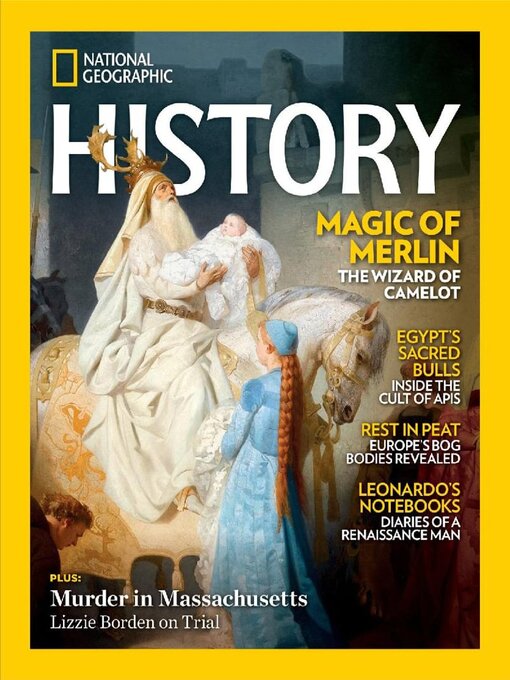
 May/June 2024
May/June 2024
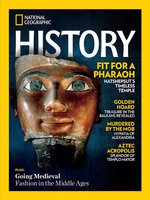 March/April 2024
March/April 2024
 January/February 2024
January/February 2024
 November/December 2023
November/December 2023
 September/October 2023
September/October 2023
 July/August 2023
July/August 2023
 May/June 2023
May/June 2023
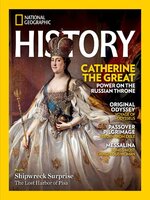 March/April 2023
March/April 2023
 January/February 2023
January/February 2023
 November/December 2022
November/December 2022
 September/October 2022
September/October 2022
 July/August 2022
July/August 2022
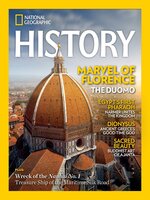 May/June 2022
May/June 2022
 March/April 2022
March/April 2022
 January/February 2022
January/February 2022
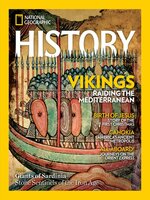 November/December 2021
November/December 2021
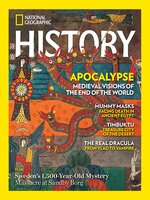 September/October 2021
September/October 2021
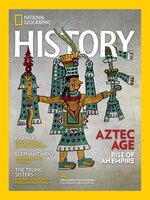 July/August 2021
July/August 2021
 May/June 2021
May/June 2021
